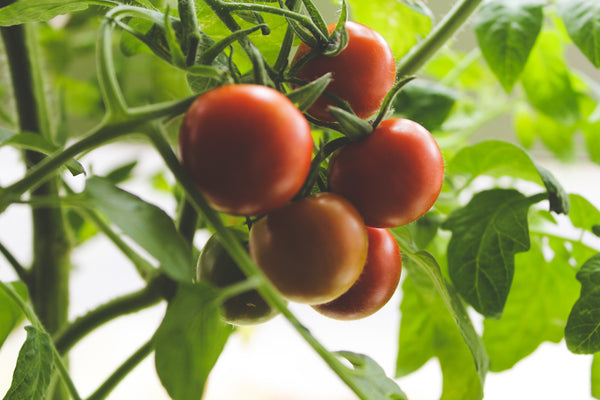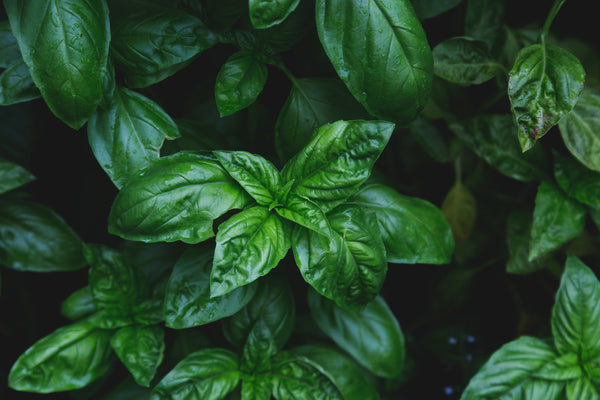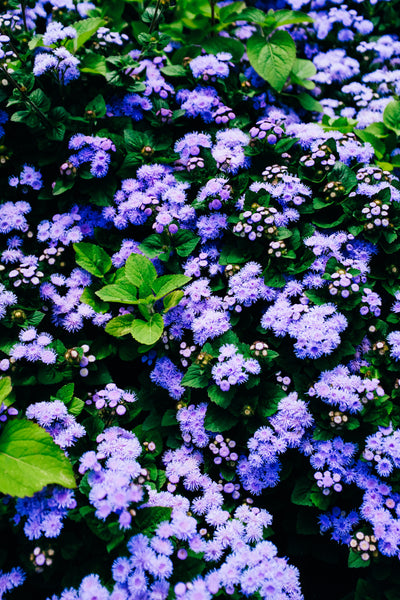Lemon balm’s Latin name is taken from the Greek word for bee (Melissa), and from the ancient belief that a swarm of honeybees could be attracted to an empty hive simply by placing sprigs of the plant inside. Grow in a container or contained area of the garden as this plant spreads.
Zone: Hardy from zone 5 and above.
When I Get My Seedling Home
Keep seedlings under very bright light to prevent legginess. Artificial lights are ideal, but a bright (ideally, south-facing) room will work for the short term. You may have to pot on seedlings more than once before they go out to allow for root growth. This is done by transplanting them into a slightly larger container with enough additional soil to keep the container mostly full. Keep the soil moist by daily watering and allow for free drainage so the plants are never sitting water.
Transplanting
Do not transplant outside until daytime temperatures are steadily 10°C (50°F) or warmer. This may mean keeping seedlings indoors for up to a month. The plants should not require any fertilizer until transplant time.
Growing
Choose a shady spot or a location where plants can be protected from midday sun. Lemon balm prefers a fertile, moist soil in a cooler part of the garden. Plants grown in partial shade will be larger and more succulent than those exposed to full sun.
Harvest
Pick leaves throughout the summer for fresh use. The aroma is rapidly lost when dried or stored.



